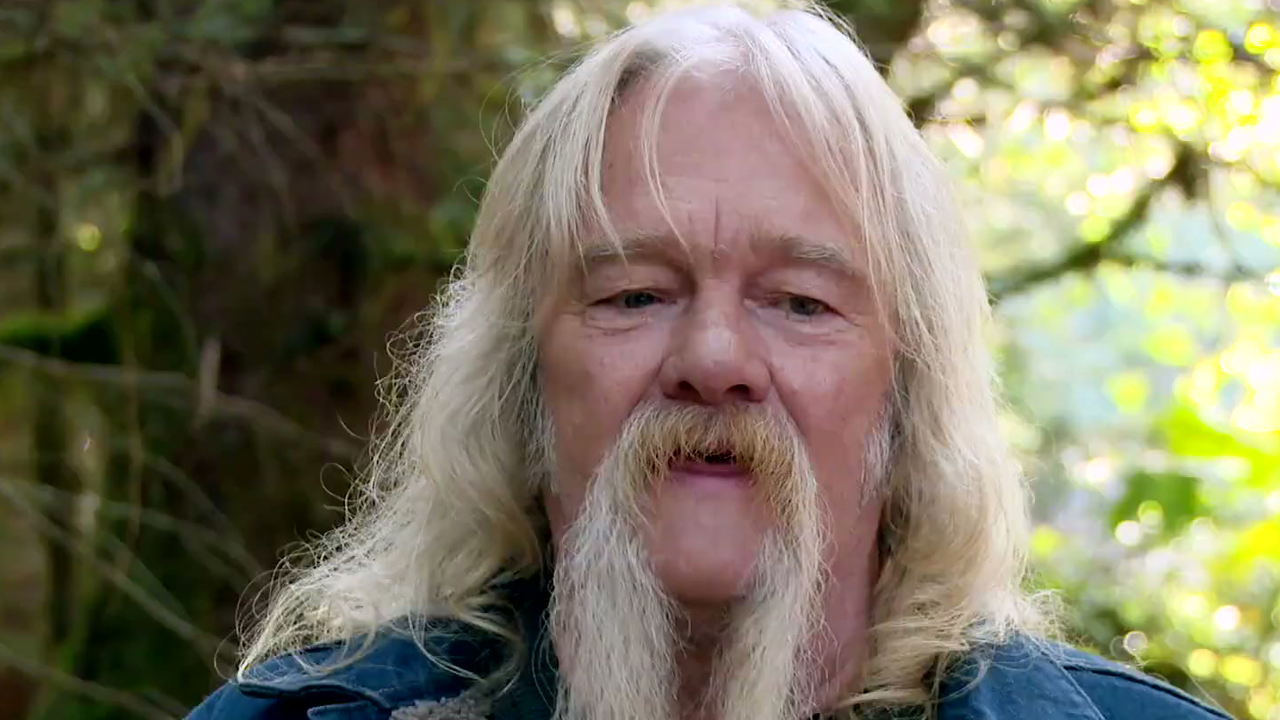Warning: The following article contains spoilers for The Penguin, Episode 1, “After Hours.”
The Penguin‘s premiere episode sheds new light on protagonist Oz Cobb’s hitherto unexplained limp. So, what’s the deal with Oz’s foot in The Penguin, and does it align with the show’s DC Comics source material?
Oz Cobb’s Foot Condition in The Penguin, Explained

When we first meet Oz Cobb in 2022’s The Batman, he already has a distinct, waddling gait. Together with his beak-like nose, it’s what earned him the “Penguin” nickname. But The Batman never explains why Oz limps. Is it some kind of congenital condition? Or possibly a lingering injury he picked up during his criminal career? As it turns out, the former – and we know this thanks to The Penguin Episode 1, “After Hours.” Here, we see several shots of Oz wearing a largely concealed ankle brace before his shoes eventually come off entirely. This gives us our first-ever look at Oz’s right foot, which has awkwardly angled, overlapping toes. It looks painful – not least of all because of the swelling caused by Oz’s hours of trudging around Gotham City – and it’s also clearly an ailment Oz was born with.
Related: The Penguin: Why Is Oswald Cobblepot’s Name Different in the Spinoff?
The exact name for Oz’s condition goes unsaid in “After Hours.” Given his understandable sensitivity about the subject – not to mention his unwillingness to highlight a perceived weakness to Gotham’s underworld community – that’s no surprise, either. That said, Oz seemingly has some form of clubfoot variant. Don’t take that as gospel, though; it’s educated guesswork on our part. Showrunner Lauren LeFranc and her team may have had another condition (real or otherwise) in mind when creating actor Colin Farrell’s foot prosthetic. And Farrell himself certainly isn’t offering up any concrete details. When asked about Oz’s foot in a recent interview, the Irish actor opted to focus on another, more private part of Penguin’s anatomy, instead!
Does The Penguin Have a Foot Deformity in the Comics?
Nope, mainstream DC Comics canon has never depicted the Penguin with a deformed foot. Heck, Penguin’s typically not portrayed with any form of congenital condition, period. He’s just a short, overweight guy with a beaky schnozz and a fondness for tuxedos. And the few in-continuity comic book tales that do exaggerate Penguin’s avian qualities focus more on his face and hands, not his tootsies.
Related: All Major Actors & Cast List for The Penguin
So, if Penguin isn’t deformed in the comics, where did the trend of portraying him as such in other media get its start? Thank Tim Burton’s 1992 blockbuster Batman Returns, which presented a version of Batman’s legendary foe with flipper-like paws, pointy teeth, and a sharp, oversized honker. Several other Bat-adaptations followed suit (including Batman: The Animated Series) and, as noted above, aspects of this design even crop up in comic book artwork from time to time.
The Penguin is currently streaming on HBO and Max, with new episodes dropping Sundays.






Published: Sep 19, 2024 10:00 pm